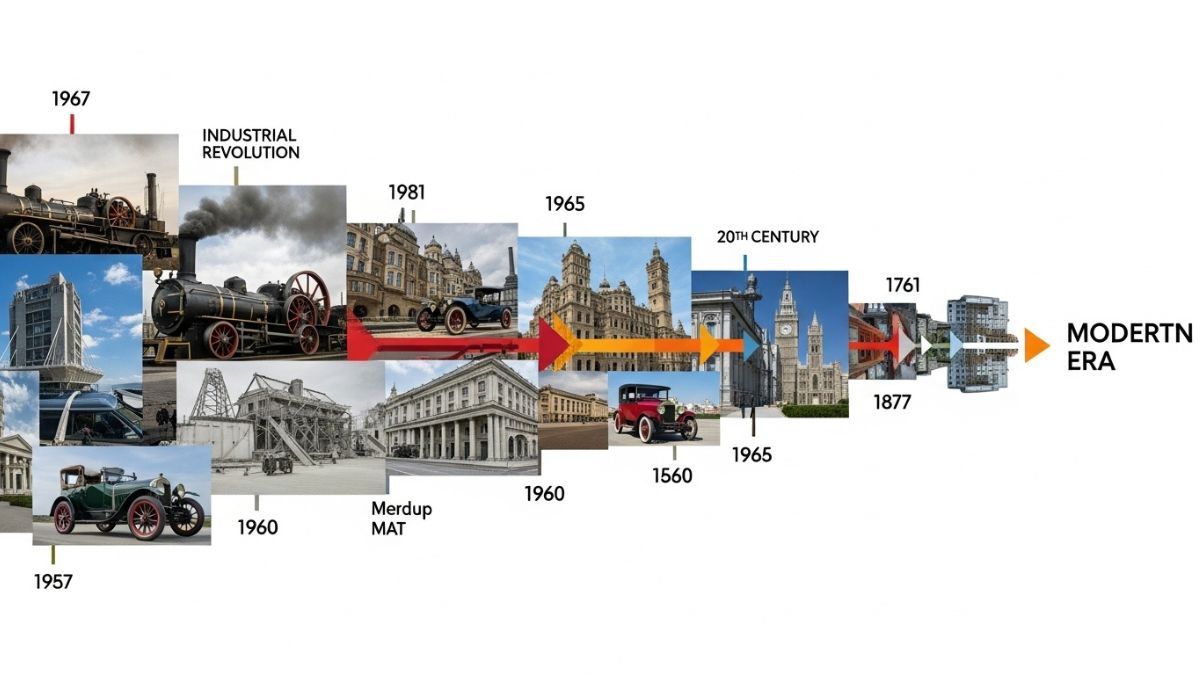Casting heat refers to the process of applying heat to materials in order to mold, shape, or solidify them. It is commonly used in industries such as metalworking, manufacturing, and even some culinary processes. The ability to control the flow of heat during casting processes is essential for producing high-quality, durable products. Whether you’re making metal alloys, crafting intricate sculptures, or cooking certain types of food, casting heat plays a pivotal role. This article delves into the science, techniques, and applications of casting heat, providing a comprehensive understanding of its significance in various industries.
What Is Casting Heat?
Casting heat is the method of applying heat to a material (usually metals or alloys) until it reaches a molten state, which can then be poured into molds to take specific shapes. The heat enables the material to become fluid and flow easily, allowing it to fill the mold and take on the desired form. This process can be found in industries that involve metal forging, sculpture, automotive manufacturing, and more. Essentially, casting heat is about using controlled temperatures to achieve the precise characteristics of a material needed for a specific function.
The Importance of Temperature Control in Casting Heat
One of the key elements in any casting process is the control of temperature. The temperature must be precisely regulated to ensure that the material remains in its optimal state for casting. If the temperature is too high, the material may burn or degrade; if it’s too low, the material may not flow properly into the mold. Different metals have different melting points, so precise temperature control is crucial to ensuring the correct flow and finish of the final product.
Types of Casting Heat Methods
Casting can be done using various heat methods depending on the material being used and the final product’s requirements. The most common methods include:
Sand Casting: A process where sand is used to create molds for molten metal to pour into. The heat applied helps the metal take on the shape of the mold.
Die Casting: A process where molten metal is forced into molds under high pressure, using controlled heat to ensure the metal fills the mold precisely.
Investment Casting: Also known as the lost-wax method, this involves creating a mold from a wax model, then applying heat to melt the wax and harden the remaining shell before pouring molten metal into the mold.
Each of these methods relies on casting heat but uses it in slightly different ways to achieve specific results.
Materials Commonly Used in Casting Heat
Certain materials are especially suitable for casting due to their ability to withstand high temperatures and retain strength when cooled. Common materials include:
Steel: Used in everything from automotive parts to industrial machinery.
Aluminum: Lightweight and corrosion-resistant, ideal for applications that require strength without heavy weight.
Copper Alloys: Known for their high thermal and electrical conductivity, used in electrical components and machinery.
Other materials, such as brass, iron, and bronze, are also widely used in casting processes.
The Role of Cooling in Casting Heat
Cooling is just as critical as heating in casting processes. After the molten material is poured into the mold, it must cool and solidify into the desired shape. The cooling rate affects the microstructure of the material, which can impact its strength, hardness, and overall quality. Controlled cooling is used in some processes to ensure the material cools evenly and maintains its integrity. Too rapid a cooling process can cause the material to crack or warp, while too slow a process can lead to weak spots.
Casting Heat in the Metalworking Industry
In the metalworking industry, casting heat plays a vital role in creating complex metal parts that cannot be easily produced by other methods like machining or welding. Casting heat allows for the creation of parts with intricate designs, like engine components, turbine blades, and industrial machinery parts. The ability to manipulate heat and mold metals accurately is crucial for producing high-performance parts that meet specific engineering standards.
Applications of Casting Heat in Automotive Manufacturing
In the automotive industry, casting heat is used extensively for producing engine blocks, transmission cases, and wheels. Aluminum and iron alloys are commonly used because of their durability and ability to withstand high pressures and temperatures. The casting process ensures that parts are lightweight, strong, and have the necessary resilience to perform under tough conditions. Additionally, casting heat allows for precision in the manufacturing of small, complex parts like gears and pistons.
Casting Heat in the Creation of Sculptures and Artworks
Casting heat isn’t limited to industrial applications—it’s also widely used in the art world, especially for sculptures. Artists use casting techniques to transform molten metal into works of art. Bronze, for example, is a favorite medium for sculptures because of its strength and ability to capture fine details. The process of casting heat in art requires careful control of temperature, as well as an intricate understanding of the material properties to ensure the final sculpture maintains the desired texture and shape.
The Environmental Impact of Casting Heat
While casting heat is a crucial process in manufacturing and art, it also has environmental implications. High-energy consumption during casting processes can lead to significant carbon emissions, particularly in industries that rely on large-scale metal production. Efforts are being made to reduce the carbon footprint by improving energy efficiency, using recycled materials, and exploring sustainable heat sources.
Advancements in Casting Heat Technology
In recent years, casting heat technology has seen significant advancements. Innovations such as 3D printing with metal and the use of advanced materials have made casting more efficient and versatile. For example, in additive manufacturing, parts are built layer by layer using molten metal, which provides greater precision and reduces waste. Additionally, new temperature control systems and automated casting machines are improving the consistency and speed of the process, making it more cost-effective for industries around the world.
Challenges in the Casting Heat Process
Despite its many advantages, casting heat processes come with their own set of challenges. One major issue is the risk of defects such as porosity, cracks, and uneven cooling. These defects can significantly weaken the final product. Another challenge is the environmental impact, as previously mentioned, with industries seeking to reduce the heat energy used in the process. Additionally, the high cost of setting up casting systems can be prohibitive for smaller manufacturers.
The Future of Casting Heat
The future of casting heat looks promising, with ongoing research into improving the efficiency of the process and reducing its environmental impact. Advances in material science and casting technology are allowing manufacturers to create parts that are stronger, lighter, and more cost-effective. As industries continue to evolve, casting heat will remain an essential part of many manufacturing processes, adapting to meet the needs of modern technology.
Conclusion
Casting heat is an essential part of numerous industries, enabling the production of everything from intricate artwork to robust industrial machinery. The process involves applying controlled heat to materials like metals, allowing them to flow and solidify into the desired shapes. Through a combination of careful temperature management, cooling techniques, and technological advancements, casting heat continues to play a vital role in shaping the products that define our world. As technology progresses, we can expect even more precise and sustainable methods of casting heat to emerge.
FAQs
What is the primary purpose of casting heat?
Casting heat is used to melt materials, typically metals, so they can be poured into molds to form specific shapes.
What materials are commonly used in casting heat processes?
Common materials include aluminum, steel, copper alloys, and iron.
How does casting heat affect the final product?
The casting heat process allows for intricate designs and shapes, making it ideal for creating complex, durable parts.
Is casting heat used in the art world?
Yes, casting heat is frequently used in sculpture and artwork, especially with materials like bronze.
What are the environmental concerns with casting heat?
Casting heat processes can be energy-intensive and contribute to carbon emissions, which is why there are ongoing efforts to make these processes more sustainable.










